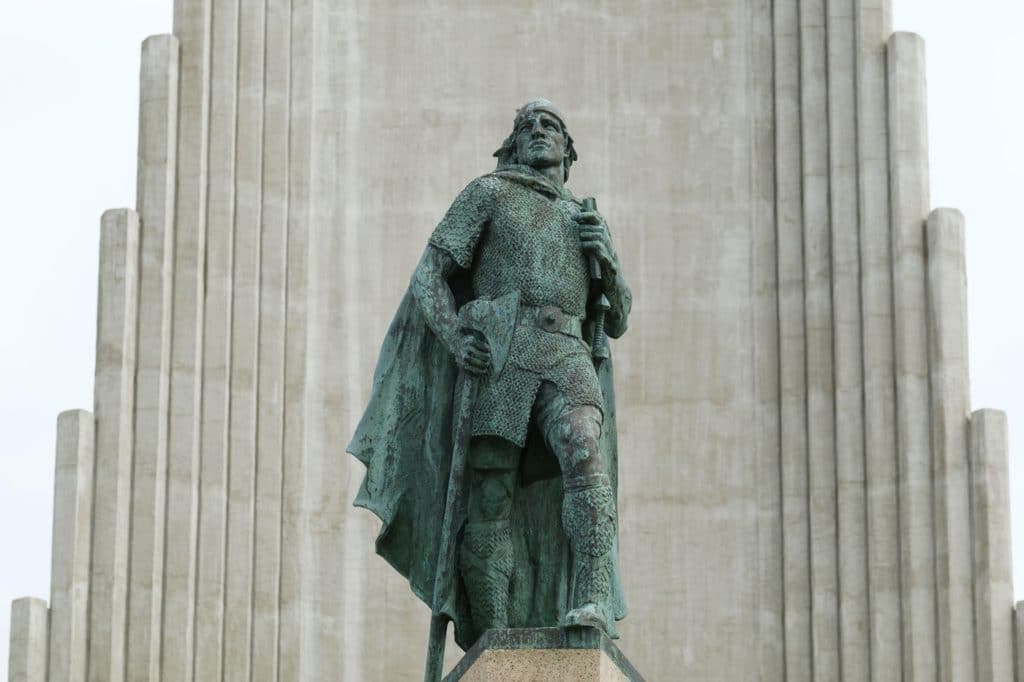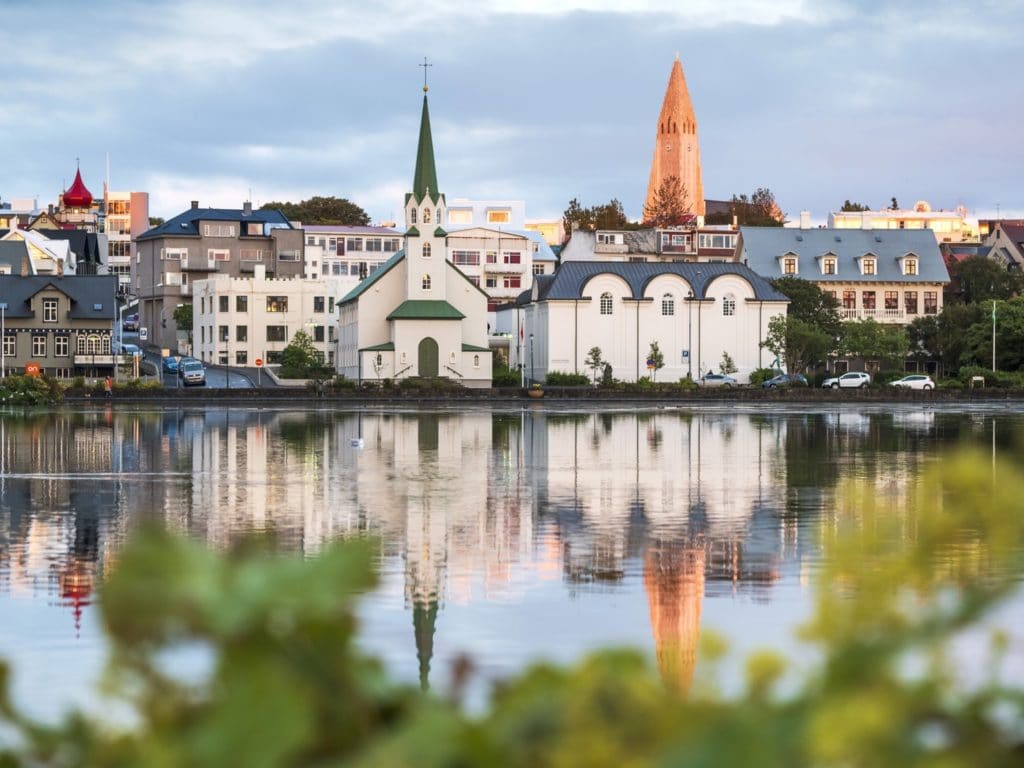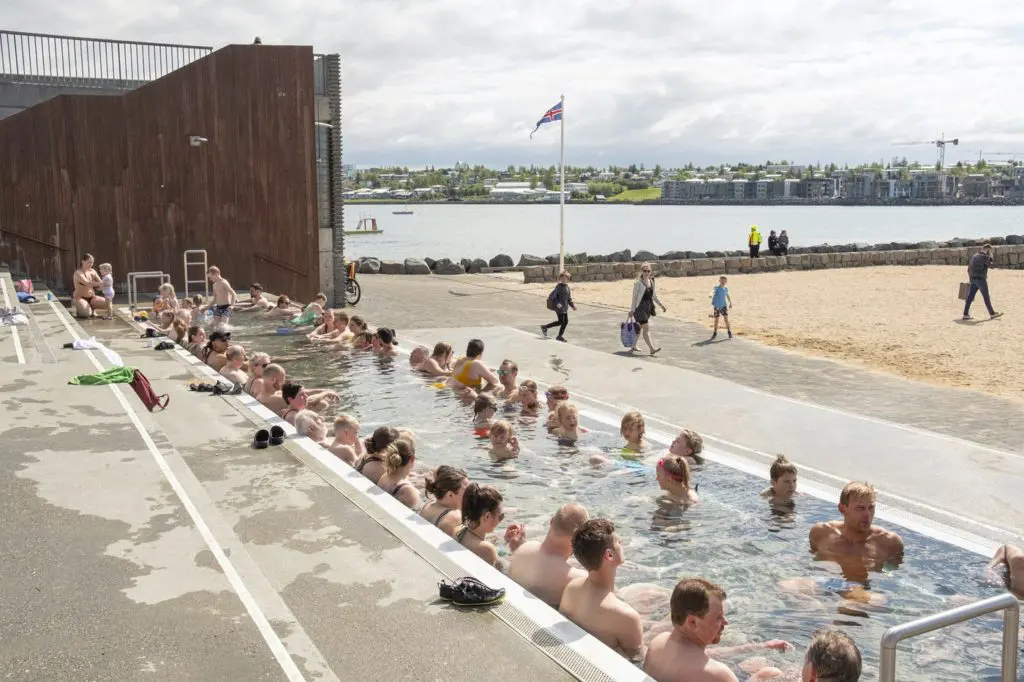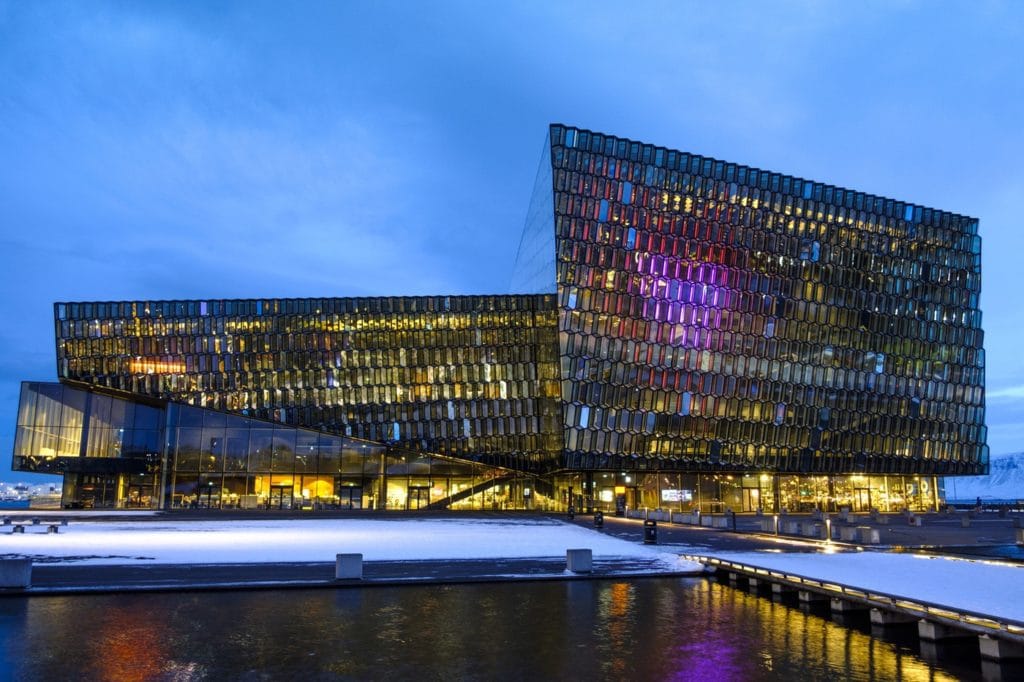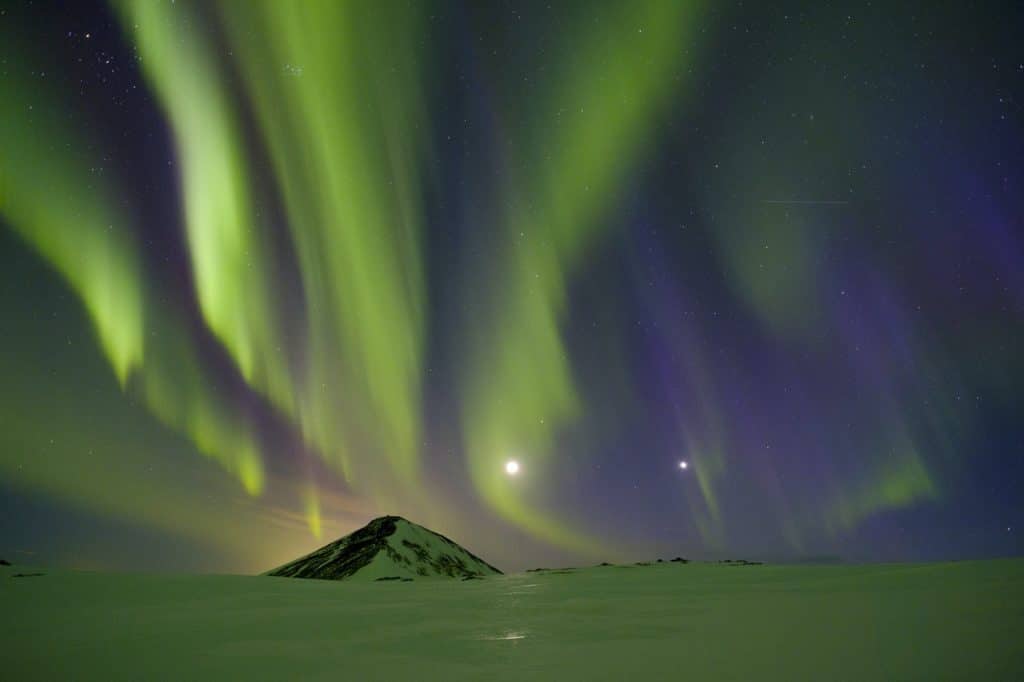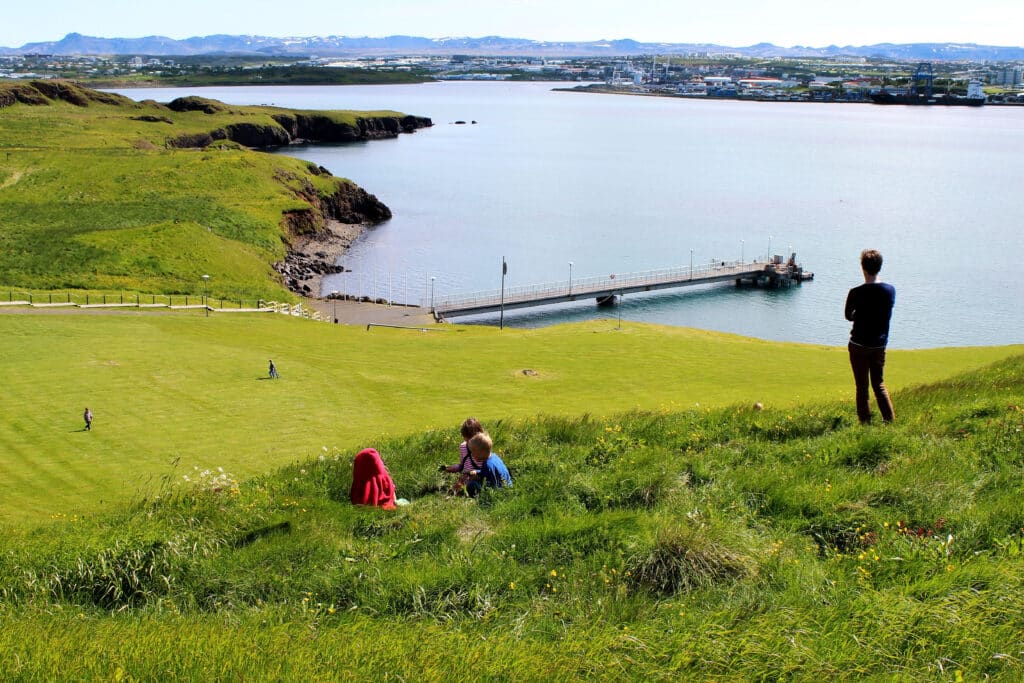Walking through Reykjavík, especially in the city centre, you’ll notice several statues of notable Icelanders decorating parks and squares. For the uninitiated, these statues don’t mean much, but if you’re curious to know what these people have done, read on!
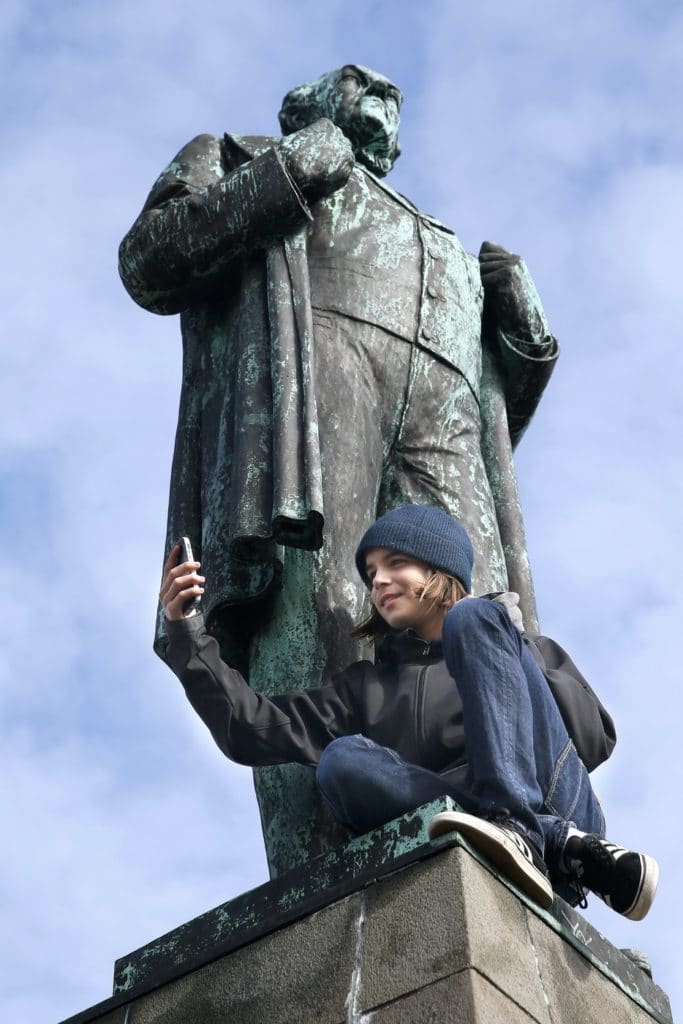
1 | Jón Sigurðsson (1811-1879)
Born June 17, 1811, Jón Sigurðsson became the beloved leader of Iceland’s struggle for independence and separation from Danish rule in the 19th century. In commemoration of his efforts, Iceland celebrates its Independence Day on Jón’s birthday. You’ll also find this handsome fellow on the ISK 500 note.
Sculptor: Einar Jónsson
2 | Ólafur Thors (1892-1964)
By Tjarnargata, at times obscured by the surrounding trees, stands the statue of Ólafur Thors, former prime minister of Iceland, overlooking the pond. As a young man, he followed in his father’s footsteps, noted businessman Thor Jensen, before turning his attention to politics. Easily recognisable by his hair, Ólafur was a member of parliament for almost 40 years and Iceland’s prime minister for ten.
Sculptor: Sigurjón Ólafsson
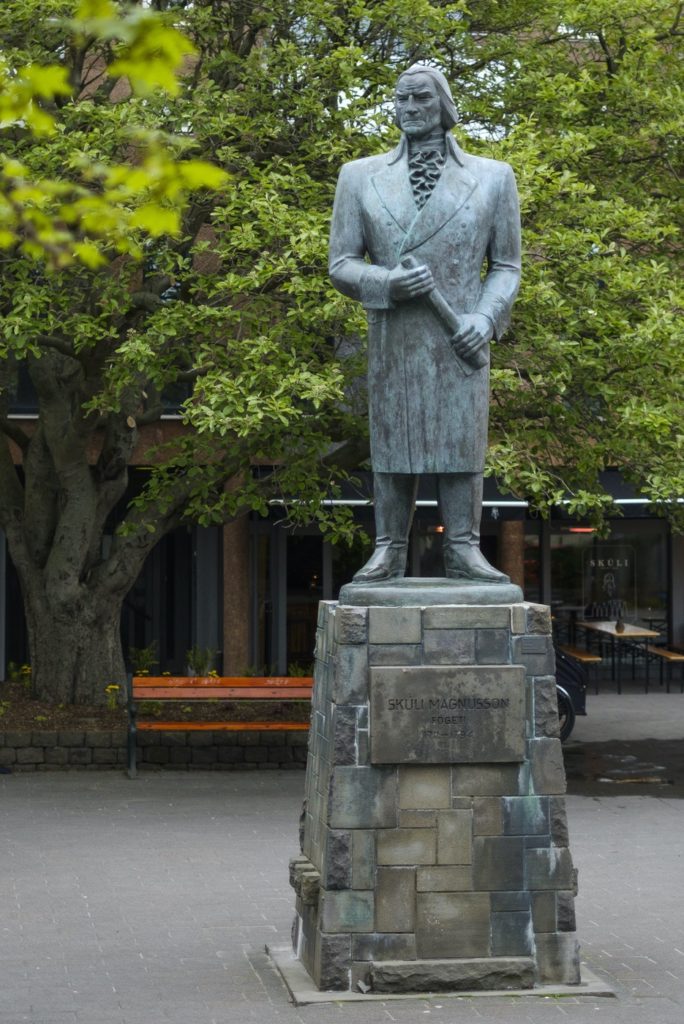
3 | Skúli Magnússon (1711-1794)
It was Sheriff Skúli Magnússon, dubbed the Father of Reykjavík, who first brought factory production to Reykjavík with the so-called Innréttingar industrial workshops, beginning the industrialisation of Iceland. On his orders, the house on Viðey island was built as his official residence.
Sculptor: Guðmundur Einarsson
4 | Bertel Thorvaldsen (1770-1844)
This humble son of an Icelandic woodcarver settled in Denmark and became one of the most sought-after sculptors in Europe, working for royalty, aristocrats, and renowned collectors. He even made a sculpture for St. Peter’s Basilica in Rome, but since he wasn’t a catholic himself, he wasn’t allowed to sign his work.
Sculptor: Bertel Thorvaldsen
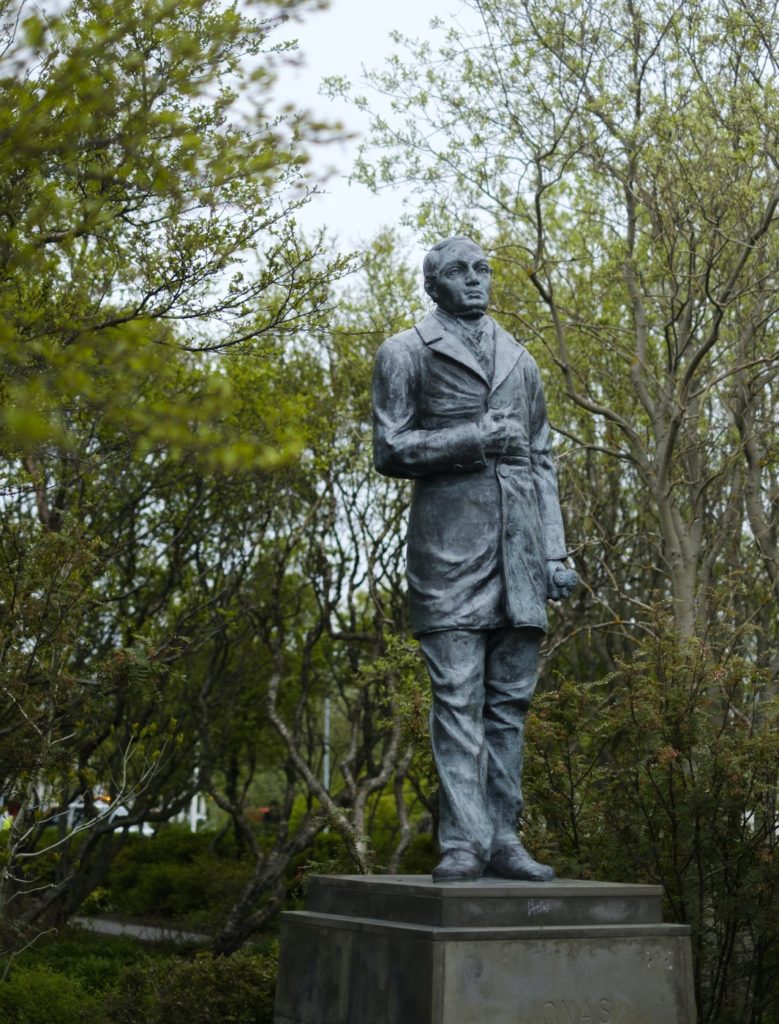
5 | Jónas Hallgrímsson (1807-1845)
If the pen is mightier than the sword, then this man was a Sherman tank. His sweeping romantic poetry on Icelandic nature and beauty coincided with the nation’s battle for independence. In fact, many consider his words to be one of the driving forces behind Icelanders’ insistence on independence from the Danish crown.
Sculptor: Einar Jónsson
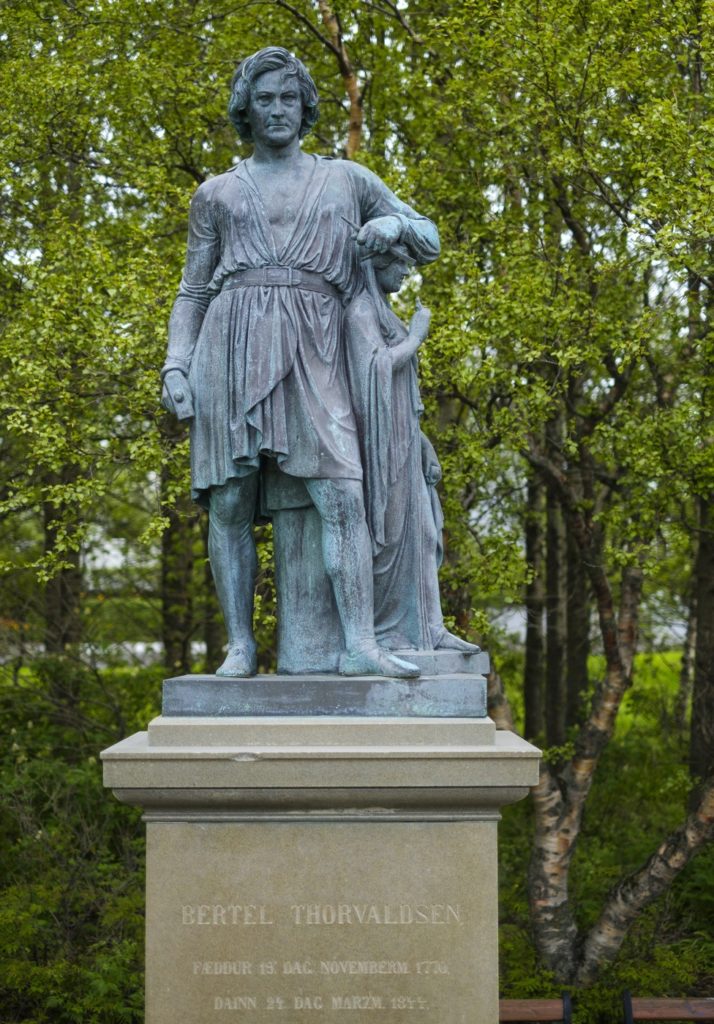
6 | Hannes Hafstein (1861-1922)
In 1904, Hannes became the first Icelander to be appointed to the Danish cabinet as the Minister for Icelandic Affairs, and later, Iceland’s first prime minister. He was also a poet and, perhaps fittingly for an Icelander, his most famous poem is a loving ode to the storm.
Sculptor: Einar Jónsson
7 | King Christian IX (1818-1906)
King Christian IX ruled Denmark from 1863 to 1906, and is known as the father-in-law of Europe, as many of his descendants married into other royal houses. In 1874, he issued a new constitution for Iceland, a compromise between Iceland’s demand for sovereignty and Denmark’s interest in maintaining the monarchy.
Sculptor: Einar Jónsson
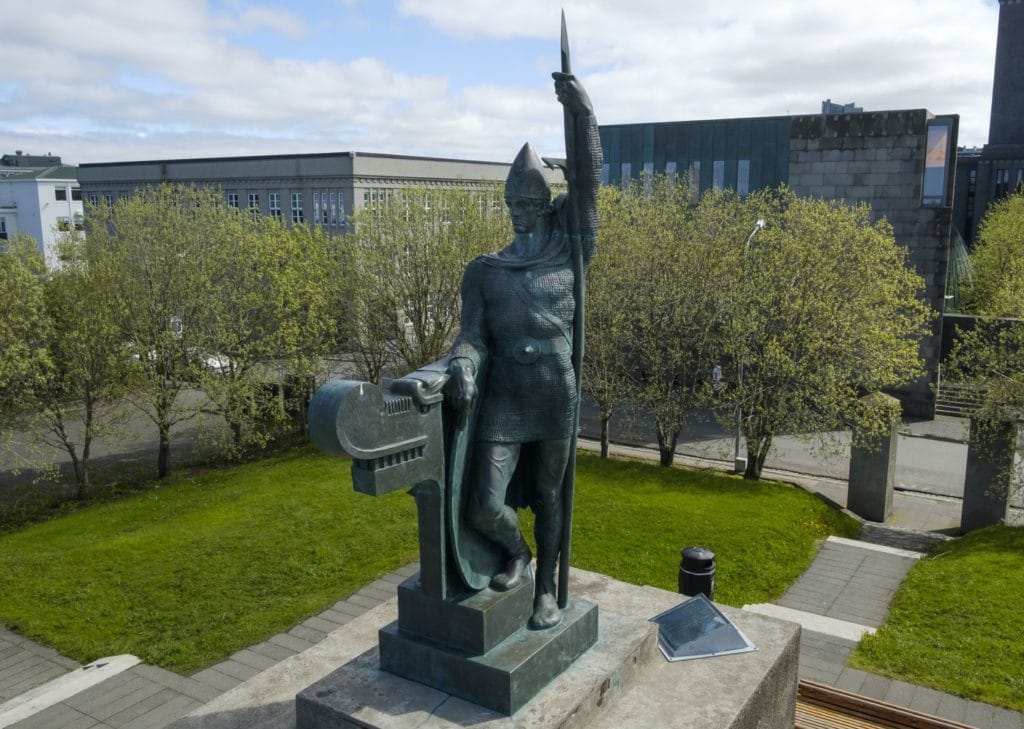
8 | Ingólfur Arnarson (844-903)
According to Iceland’s Book of Settlement, the first permanent settler, Ingólfur Arnarson, threw his two wooden chieftain poles overboard, believing that wherever they washed ashore was where he was fated to build his settlement. He’s supposed to have ended up in Reykjavík and archaeological excavations at Aðalstræti and Suðurgata streets have revealed evidence of an ancient settlement that supports this theory.
Sculptor: Einar Jónsson
9 | Leif the Lucky (970-1020)
Christopher Columbus who? Icelanders will happily explain that it was their own Leifur Eiríksson, nicknamed Leif the Lucky, who discovered America some 600 years before Columbus. As a thanks-for-finding-us present to Iceland, America gave the nation a heroic statue of Leif the Lucky, which now perches on the highest hill in downtown Reykjavík.
Sculptor: Alexander S. Calder
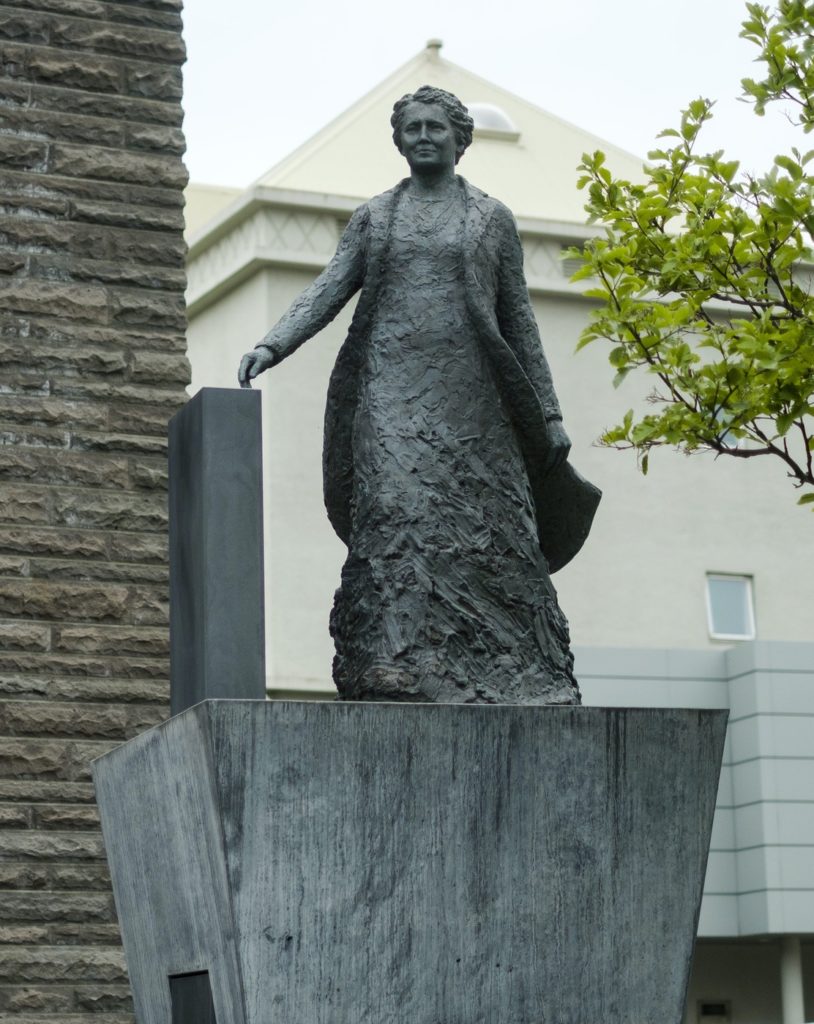
10 | Ingibjörg H. Bjarnason (1867-1941)
Ingibjörg was the first female member of Alþingi, Iceland’s Parliament, in 1922. Her statue is also the first full-size statue of an identified female in Reykjavík and was unveiled in 2015. For most of her life, Ingibjörg worked in education and was the principal of Reykjavík’s School for Women for more than three decades. She also fought diligently for the rights of women, public health care, and progressive education.
Sculptor: Ragnheiður Stefánsdóttir
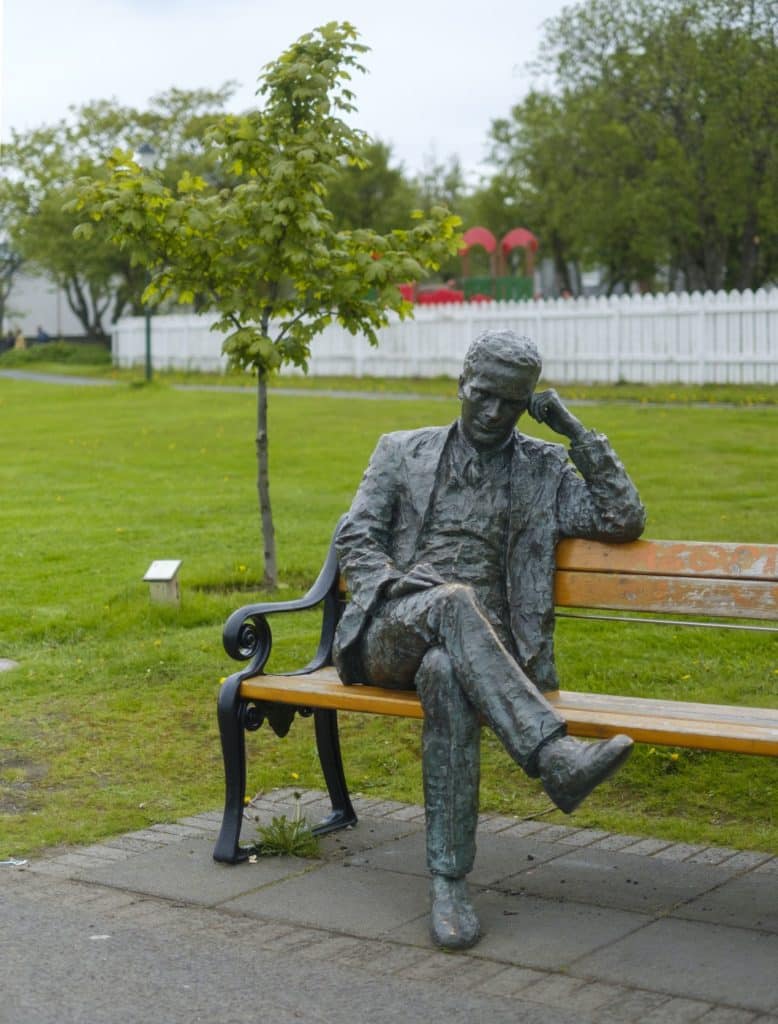
11 | Tómas Guðmundsson (1901-1983)
Tómas was a prolific writer and author best known for his poetry. At a time when city life was thought to be corrupting Iceland’s youth, Tómas wrote beautiful neoromantic poetry about the many attractions of Reykjavík. Today, the city of Reykjavík annually awards promising poets the Tómas Guðmundsson Literature Award and you can join his likeness on his bench by the pond, hoping for inspiration.
Sculptor: Halla Gunnarsdóttir

